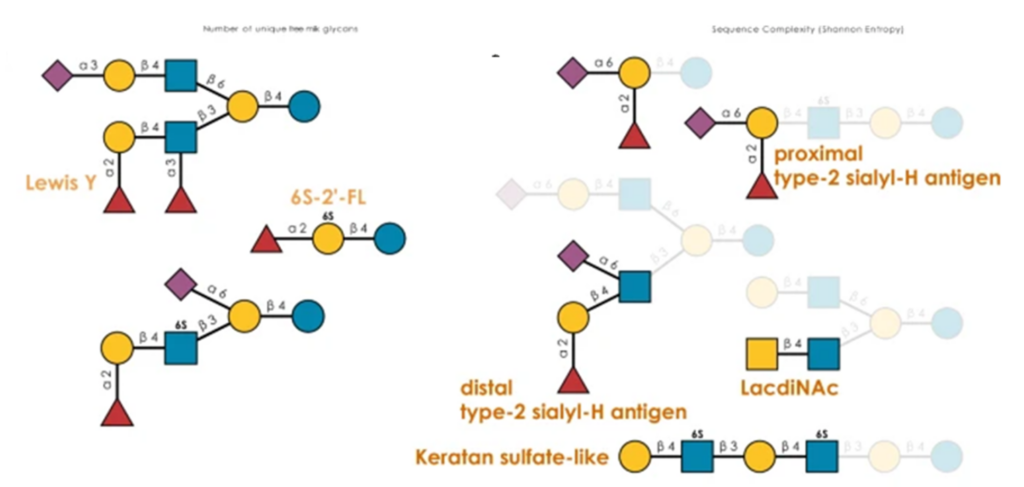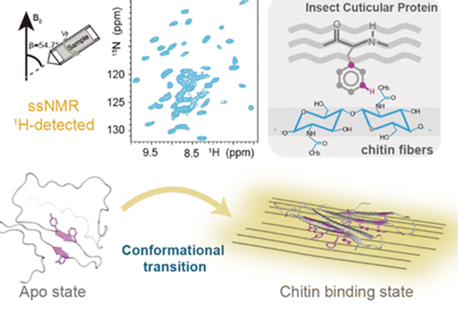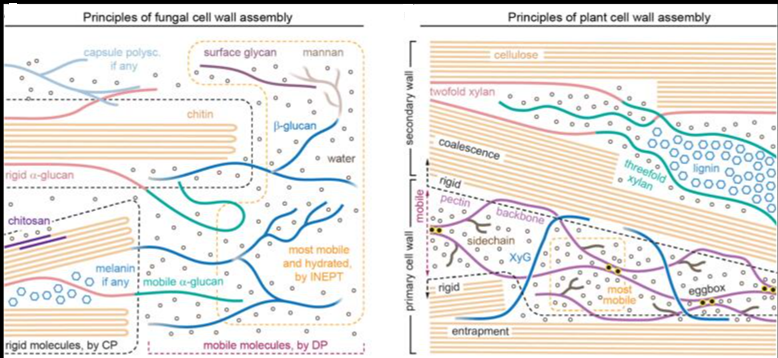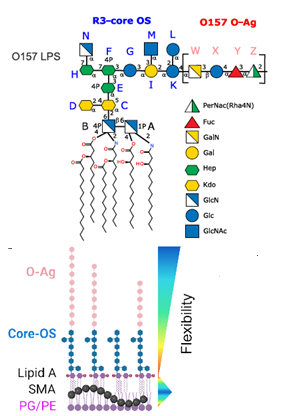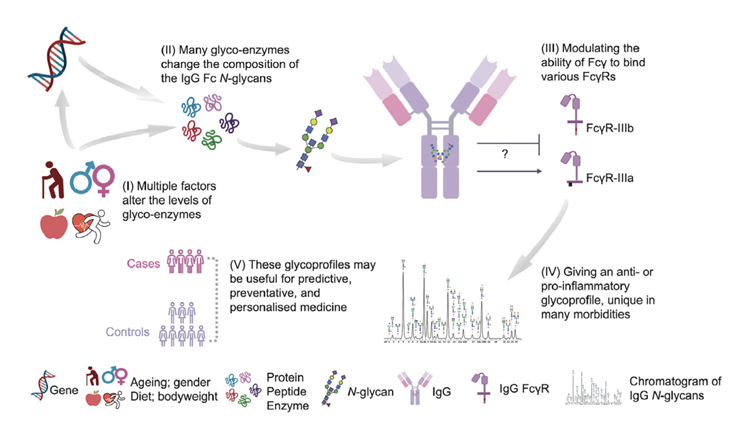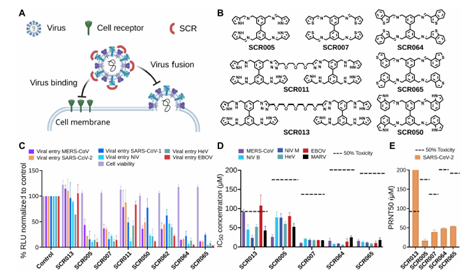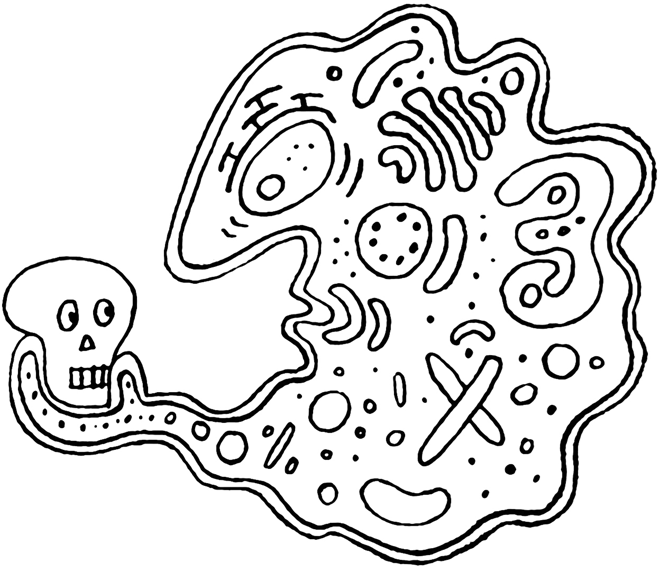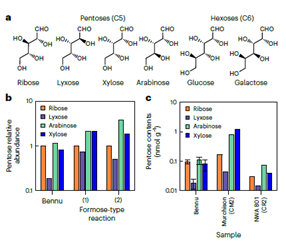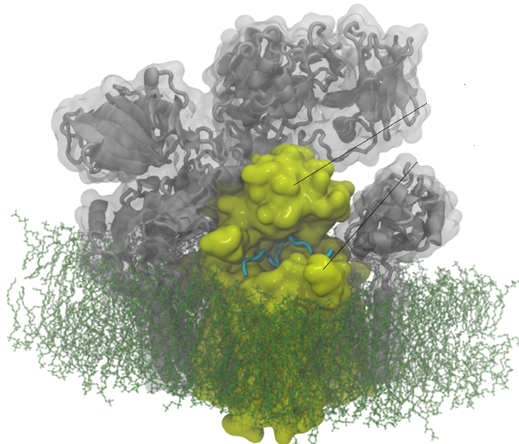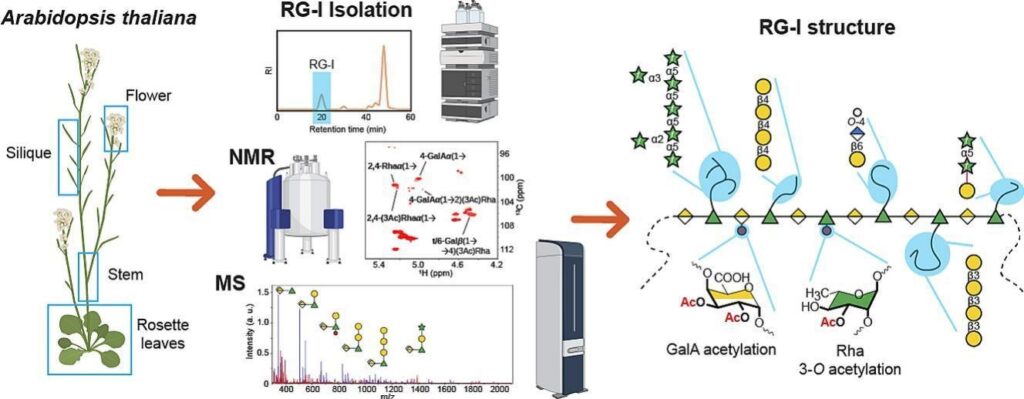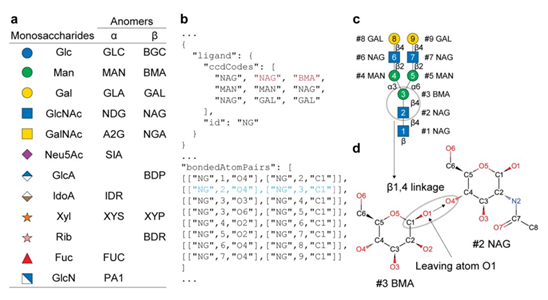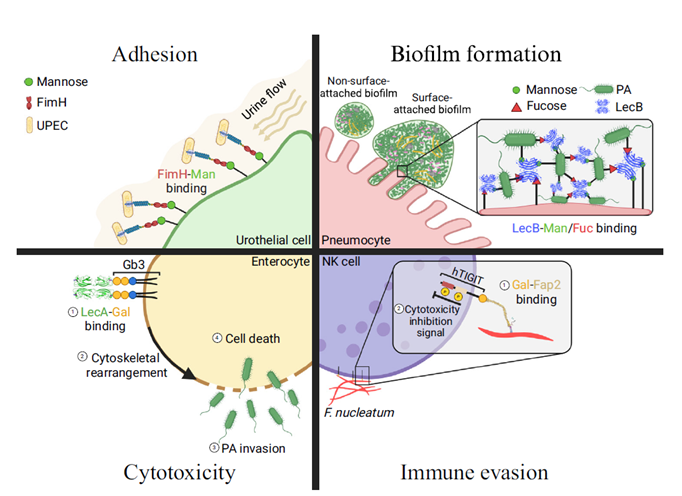News
Milk oligosaccharides are vital for neonatal growth and health in mammals. However, most research on...
The insect exoskeleton exemplifies how nature employs organic materials to produce high-performance substances characterized by...
Plant and fungal cell walls play essential roles in growth, adaptation, and survival, with their...
Lipopolysaccharides (LPSs) are essential components of the outer membranes of gram-negative bacteria, crucial for antimicrobial...
The central dogma of molecular biology traditionally emphasizes nucleic acids and proteins but has often...
Viral pandemics remain a persistent threat to global health and economic stability. Despite advancements in...
Deliveries of organic molecules from space, such as those found in carbonaceous meteorites, have long...
The gastrointestinal (GI) tract is home to trillions of microorganisms that live in symbiosis with...
Oligosaccharyltransferase (OST) catalyses the key step of N-glycosylation, transferring immature N-glycans to select Asn...
Post-translational modifications such as glycosylation, phosphorylation, and lipidation enhance protein diversity and function. Among these,...
Pectin can be divided into four distinct structural categories: homogalacturonan, xylogalacturonan, rhamnogalacturonan I (RG-I), and...
Glycans are complex carbohydrates that exhibit extraordinary structural complexity and stereochemical diversity while playing essential...
Efforts to fully understand the structure-to-function relationships of glycosaminoglycans (GAGs) have been hampered by the...
Glycans are vital macromolecules with diverse biological roles, decoded by lectins – specialized carbohydrate-binding proteins...

